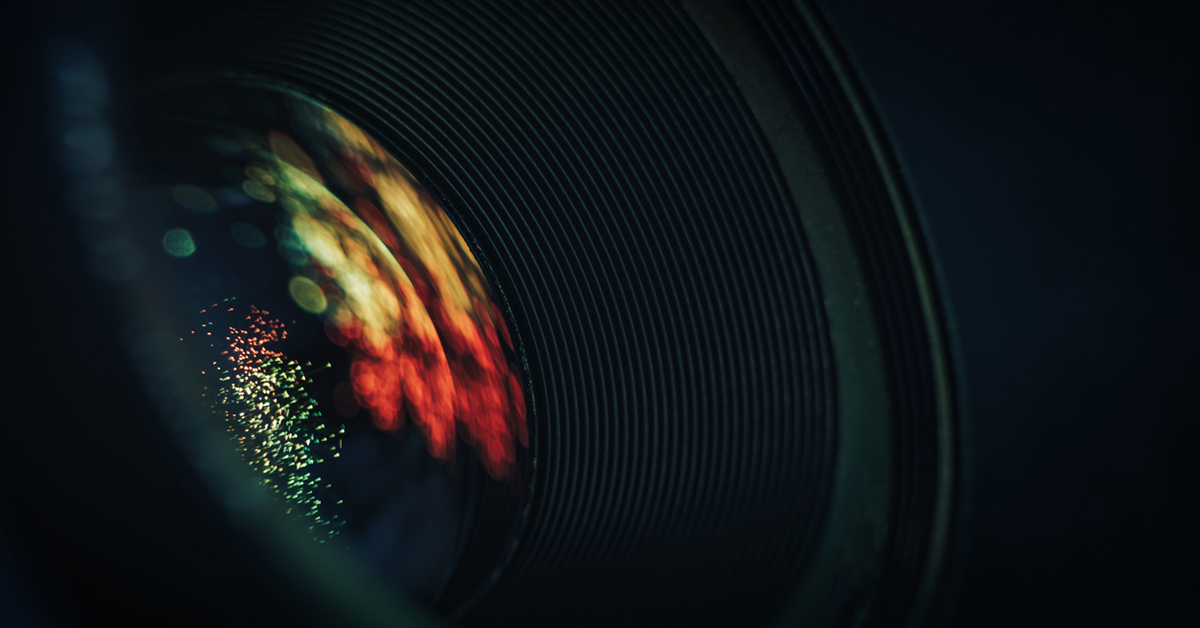- Awards and Distinctions
-
YOU ARE
- Community member
- Future Student
- Student
- Professor
- Alumni
- Media
- Guidance counsellors
- INRS retiree
- Contact Us
- Newsroom
- Careers
- FR
-
Studies
We teach the next generation of researchers to develop scientific, social, and technological innovations.
-
Research
We find solutions through interdisciplinary research and industry or public and community partnerships.
-
INRS
We play an active role in Québec's economic, social, and cultural development.
An innovative imaging technique has made it into Optica’s list as one of the 30 most exciting new discoveries in optics and photonics in 2021.

The imaging technique enables the capture of 3D motion in real time.
The research of Professor Jinyang Liang at Institut national de la recherche scientifique (INRS) was selected by Optica, formerly the Optical Society (OSA), among 129 summaries of work by researchers from around the world, in a highly competitive process. Called “dispersion-eliminated coded-aperture light field (DECALF)”, the imaging technique was developed in the Laboratory of Applied Computational Imaging (LACI).
“It is great news as we approach the holiday season! I thank the panel of editors for including our DECALF work in Optics in 2021.”
Jinyang Liang, expert in ultrafast imaging and biophotonics
The imaging technique, highlighted in the special issue of Optics & Photonics News, enables the capture of 3D motion in real time. This breakthrough is particularly relevant for the field of neuroimaging, since it could allow to better observe neuron activity. It was previously used to observe sick zebrafish, in order to improve our understanding of amyotrophic lateral sclerosis (ALS), in collaboration with Professor Kessen Patten’s team.
Rewarded Innovation
The imaging method developed by Professor Liang’s team uses two digital micromirror devices (DMDs). The first DMD acts as a diffraction element that splits white light into a rainbow and a second DMD cancels the induced rainbow. This way of working allows the use of ambient light or sunlight, a first in the field!

“I am very grateful to INRS for providing an excellent research environment to carry out this interdisciplinary project. We look forward to working with Professor Patten’s team in applying DECALF imaging to the study of neuroscience,” says Professor Liang.
Congratulations to the two researchers and their teams!
You may also like

November 24, 2021
Energy transition: A new research platform drives INRS and its partners
November 24, 2021
Modeling the deposition of metal nitride thin films by sputteringShare

